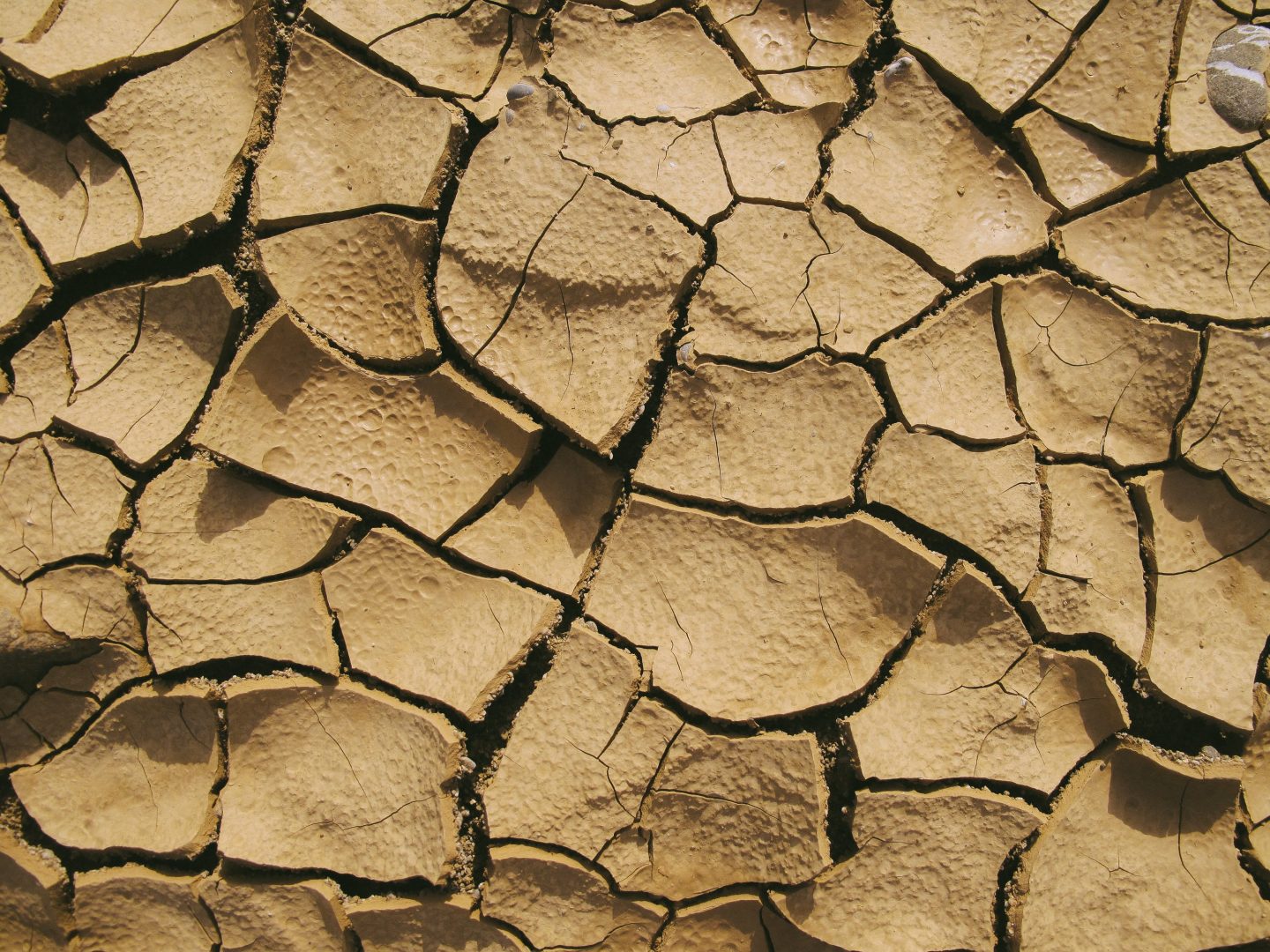PARSEC sectors: Energy, Environment, Food
Application fields: Energy & Natural Resources, Industrial, International Bodies, Managed Living Resources, Public Authorities, Services
Keywords: agriculture, developing countries, energy, environment, EO
Developing countries are defined as low and middle income countries that, compared to industrialised countries, have a less developed industrial base relative to their population. They are facing common challenges related to health, food security, lack of infrastructure and utilities (e.g. electricity, water, sewage), or pollution. Given local conditions, they may suffer from natural disasters more often and with a more severe impact.
EO is an essential tool in support of development efforts
Developing countries, by size and needs, represent a significant market for Earth Observation (EO) value-added services. This is because EO has the ability to tackle many of the challenges mentioned above and to support the achievement of development-related objectives in these countries. This ability is being exploited in many areas targeted by development efforts.
Food: The demand for agricultural products in developing countries often outpaces local production capacities. As the pressure for increased food production rises with a growing population, intensified urbanisation and western lifestyle trends, developing countries – predominantly in Asia-Pacific – will be driving the growth of precision agriculture uptake. This is further supported by some of the most widespread precision agriculture solutions becoming more affordable and applicable to smaller land parcels. At the same time, massive government investments in agricultural R&D and country-wide modernisation plans open new horizons. EO helps farmers to increase their yield, whilst achieving better resource efficiency (i.e. use of fertilisers, pesticides) and less negative environmental impact. Typical applications would be e.g. in optimized irrigation and fertilization, crop monitoring (health, yield), or climate and weather forecast. But also in planning e.g. irrigation systems, monitoring land use, and disaster risk reduction and response.

Energy: Likewise, EO can support energy-related needs and investment plans. For instance, EO data can provide maps and parameters for the detection of energy needs and the planning of electricity infrastructure, also in less accessible rural areas. EO can also support prospecting renewable energy resources (e.g. solar, wind, hydropower, geothermal) and assessing the feasibility of installations in terms of resources, required capacity, environmental impact, etc. Moreover, weather forecasts can support improving grid reliability. Outages can be monitored as well as vegetation and other aspects of maintenance.
Environment: Beyond the environmental aspects of agriculture and energy, EO can help to monitor environmental developments. Poor data is a major issue when trying to measure sustainability, especially in developing countries. EO data can fill the gap with indicators for all kinds of environmental issues, such as air quality (main revenue opportunities for EO air quality solutions are considered to be in developing countries), energy consumption, urbanisation, deforestation, illegal fishing, etc. With historical data available, the progress of sustainability efforts can be tracked as well. If you are a PARSEC beneficiary and want to learn more about possibilities related to international development efforts, please reach out to insights@parsec-accelerator.eu.
Leave A Comment
You must be logged in to post a comment.